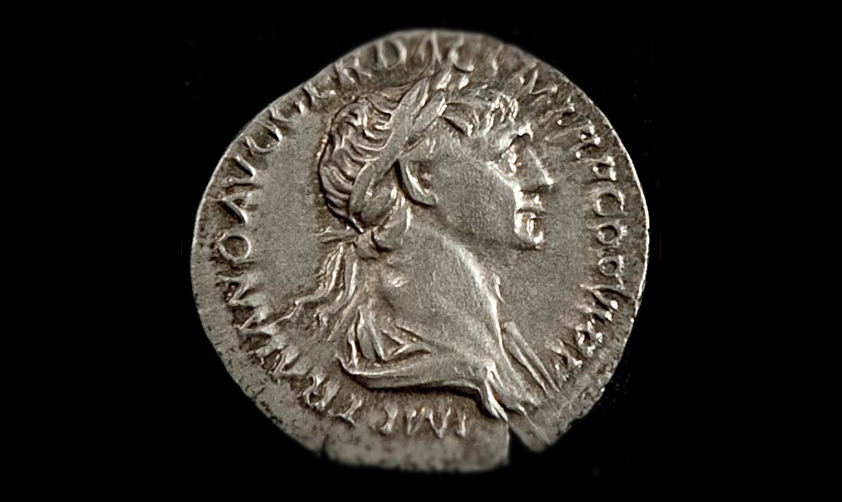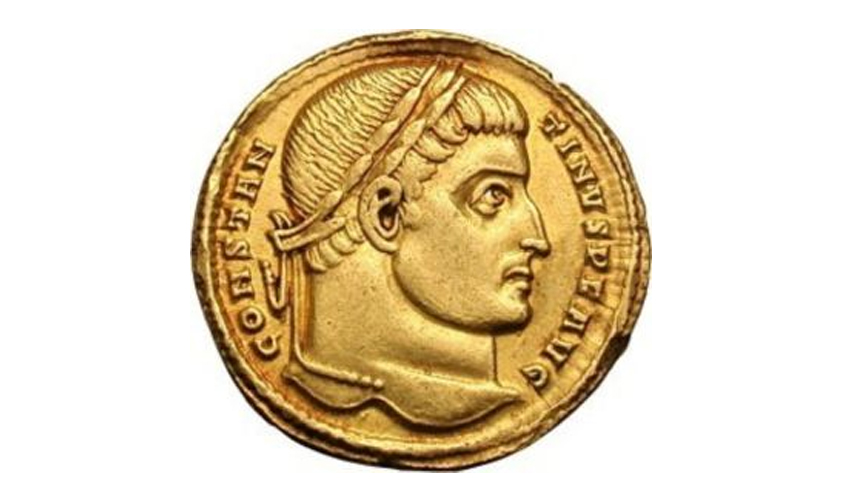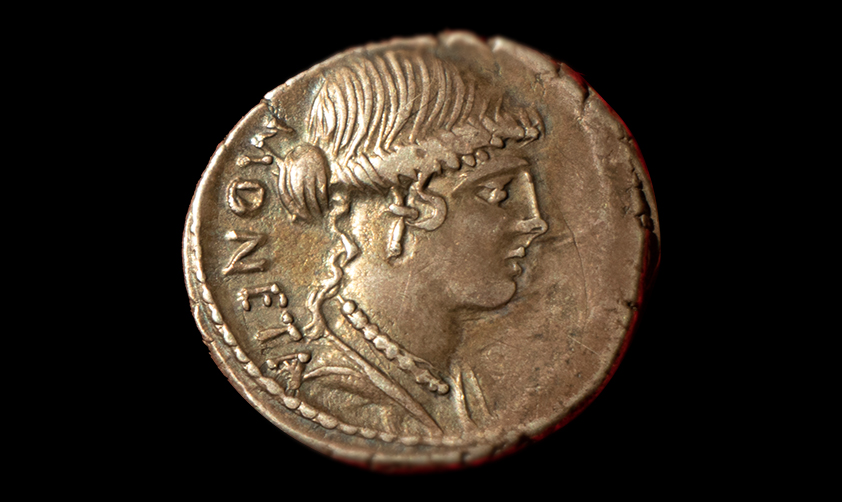11 February 2025
Shells hold a special charm, from childhood onwards, appearing in all sorts of curious shiny shapes along the shoreline. It may be that this attraction goes back a long way, since humans have treated shells as much more than a game or an ornament, and used them as currency. One particular shell emerges as probably the most ancient and widespread currency on the planet, suggesting the idea of a 'universal' currency.
Cowrie shells were used for various purposes all over the world, from the Philippines to the Far East, to the innermost parts of Africa and Papuasia, and to pre-Columbian America. Crossing the Pacific, they spread deep into the New World where they have been found inside the burial mounds of the ancient pre-European populations. Their name is found in many languages: as kaudi in Hindi, kaoli in Chinese, kauri in Bengali, caurim in Portuguese, kauṛī in Urdu, kabttaj in the Maldives, and cowrie in English. In the 17th century, the Swedish biologist and physician Carl Nilsson Linnaeus classified living organisms using modern criteria. It was he who gave these shells their scientific name in 1758. The name he gave them will come as no surprise, as it is based on the Latin word for 'coin' (moneta): Monetaria moneta, or Cypraea moneta (with one variety, distinguished by an orange or yellow ring on its dorsum, classified as Monetaria annulus, or Cypraea annulus). The centres of 'production' for these cowries, or cypraee, were mainly on the southern coasts of India and the eastern coasts of Africa, which border the Indian Ocean. In fact, in their harvesting areas they were mostly regarded as an export commodity, and took on increasing value as a currency as they were traded further afield.
Conchiglie cauri by MUDEM Banca d'Italia - Observa on Sketchfab
This should not surprise us, as their physical and symbolic features lent them great value. First of all, they were small and easily countable; they were difficult to counterfeit, and, above all, they were beautiful and glossy and came from the sea, the source of all life. The first to use cowries as currency were probably ancient Chinese cultures, as early as 5000-3000 BCE! There have been findings in numerous burial sites, with cowries sometimes found in the mouths of the dead. This practice is reminiscent of Charon's obol, i.e. the custom of placing a coin in the mouth or on the eyes of the deceased so that they could pay the ferryman of the underworld to cross the river Acheron. This rite was continued in the West until very recent times, especially in rural areas of the Mediterranean. Through the highs and lows of fluctuating supplies, cowries remained in use for millennia in China into the early 20th century, alongside coins and banknotes, and other means of payment (such as salt).
In the same way as in China, cowrie shells have been known for millennia and variously used for trade and commerce in India, Africa, the Middle East and the Americas. Quite surprisingly, they were in use among the pre-Columbian civilizations of the Americas, who were geographically very isolated. One hypothesis is that certain tribes had been able to harvest cowries from the lakes and rivers on the continent, but another hypothesis is that routes across the Pacific had already been found in ancient times and were used for trade. These shells were so valued that, as late as the 18th century, the Hudson's Bay Company was trading cowries in exchange for other goods in their dealings with the Cree tribes of Canada. For their own part, when European merchants and explorers came into contact with peoples who used it, they necessarily had to take on board the great value attributed to Cypraea moneta, although Europeans themselves were among the few world populations for whom it had no significant monetary value. In the 14th century, for instance, the Venetian merchant house run by the family of Marco Polo would buy cowries from the East which it shipped to Niger, in Africa, in exchange for gold dust. In the previous century, Marco Polo had seen that, in China, eighty cowries could be exchanged for five grams of silver. The great Moroccan traveller, Ibn Battuta, saw over forty ships stowed with cowries departing from the Maldives in 1344. He also compiled some reports on the exchange rates between gold and cowries, recording that 1,150 cowries could be traded for one Arab dīnār (4.25 grams of gold). However, while that exchange rate remained stable for centuries, at some point it began to rise so steeply that, two centuries later, a Venetian ducat (3.5 grams of gold) was being exchanged for as few as 400 cowries.
European interest in cowries and their surge in value were certainly somehow connected to the onset of the colonial era, when these precious shells sadly became an instrument in the shameful slave trade. In 1600, a slave on the Gold Coast markets in West Africa could be sold for as much as 55 pounds of cowries, about 21,500 shells. That was an astonishing amount, but, on the other hand, slaves were highly prized commodities. At one point, fixed exchange rates were set between cowries and the currencies of the colonial countries; this situation lasted into the 20th century, when the colonial powers stopped accepting cowries as a form of payment, creating further discontent. Regardless of its more or less commendable use over time, the history of this 'universal' currency teaches us to look at money as a much more complex phenomenon than we might think, and also gives us a glimpse into how much the peoples inhabiting this planet, for all their differences, also have in common.









